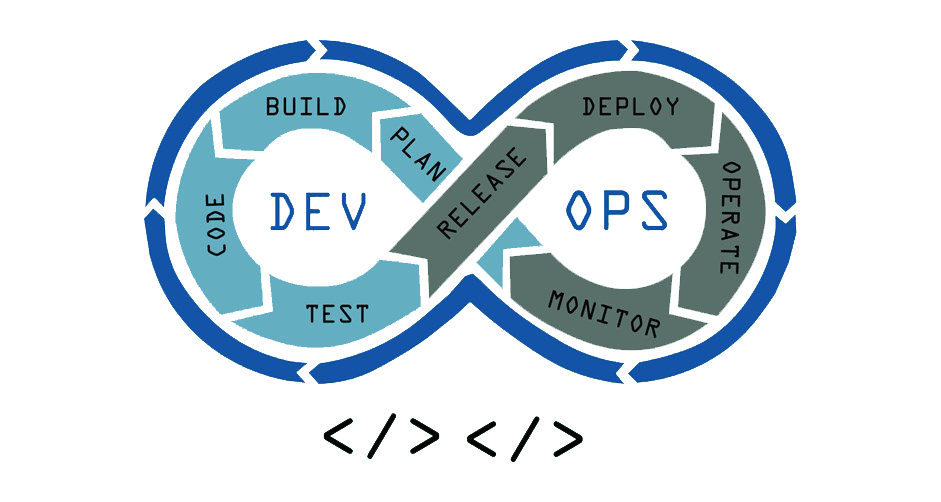
1. Continuous Plan
The Agile technique is used by DevOps to plan development. Teams establish business requirements and get end-user input at this level. They develop a project roadmap, which aids in arranging work and planning properly to boost productivity.
2. Continuous Code
The development teams use tools and plugins such as Git to optimize the development process, which ensures developing code for business, tracking changes, identifying the cause of differences between the real and expected output, and, if required, reverting to the original code generated.
3. Continuous Build
When a developer completes a task, they save their code to a shared code repository. The improvements are then reviewed by another developer. If the build or any of the tests fails, the pull-request fails, and the developer is told to fix the problem.
4. Continuous Test
Once the application has been deployed to the test environment, a series of human and automated tests are run. Manual testing can be normal User Acceptance Testing (UAT), in which individuals use the application as the customer would to indicate any bugs or modifications that should be addressed before releasing it into production.
5. Continuous Release
At this stage, each code modification is exposed to a set of both manual and automated testing. Once the build passes all tests, the operations team schedules or deploys multiple releases to production, depending on the needs of the company.
6. Continuous Deploy
Many systems can support the scheduler for automatic deployment. If an issue is detected with the new build, just notify the hosting service to redirect requests to the old environment while you work on a solution.
7. Continuous Operate
Customers can use the release right now. The operations team is currently hard at work, ensuring that everything is in working order. The operations team collaborates with developers to build a monitoring strategy that meets both IT and business needs.
8. Continuous Monitor
Any danger of failure is identified by continuous monitoring. It helps in correctly monitoring the system's health, performance, and errors, among other things. Monitoring gets easier with services that allow log data to be monitored using a variety of third-party tools, such as Splunk.